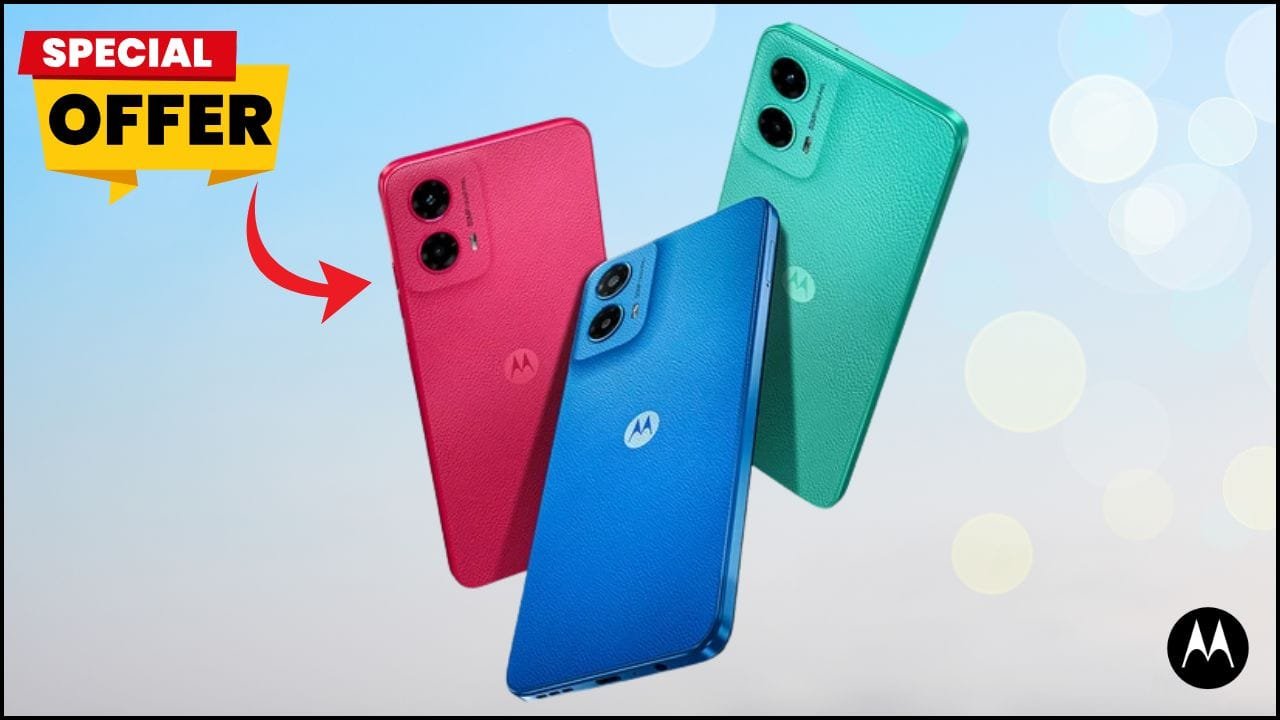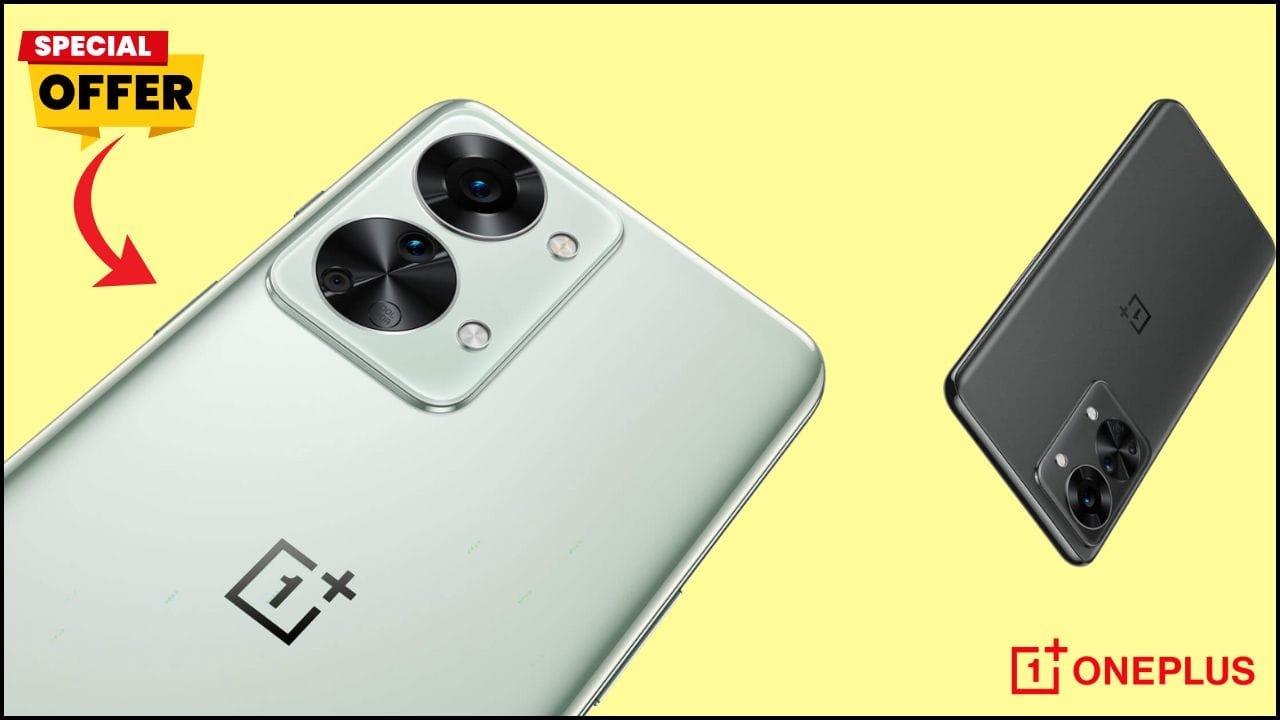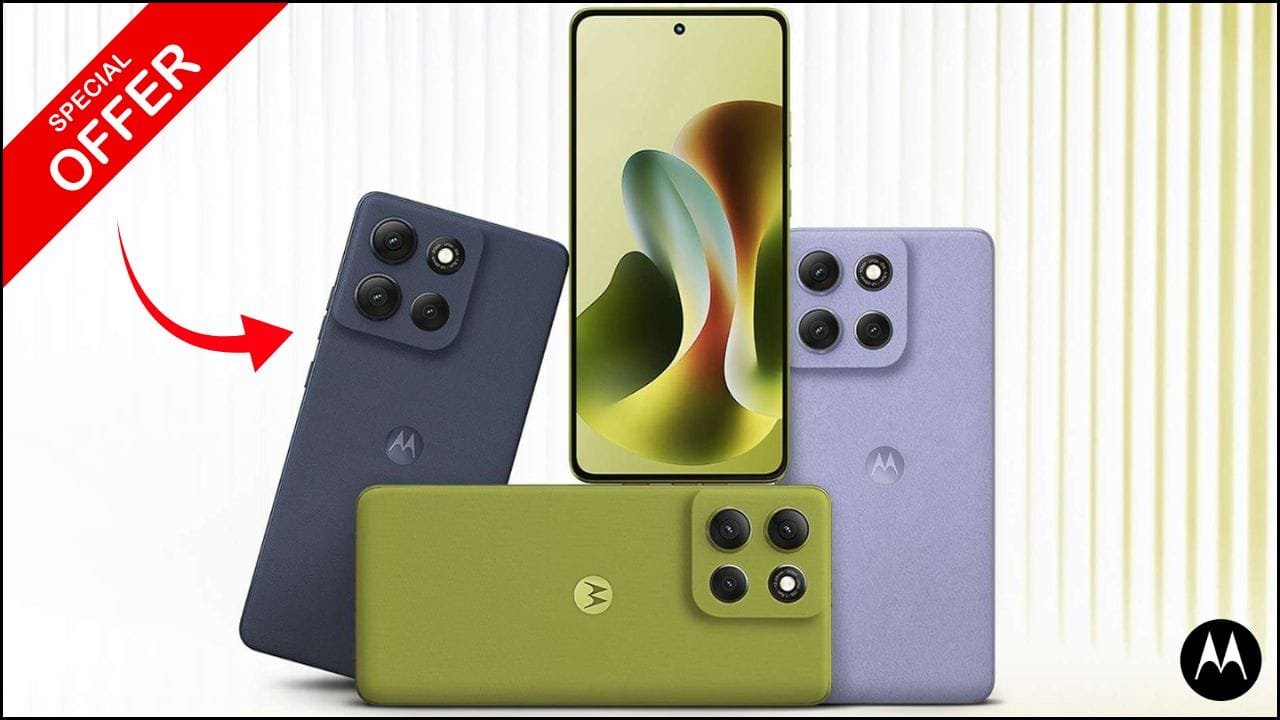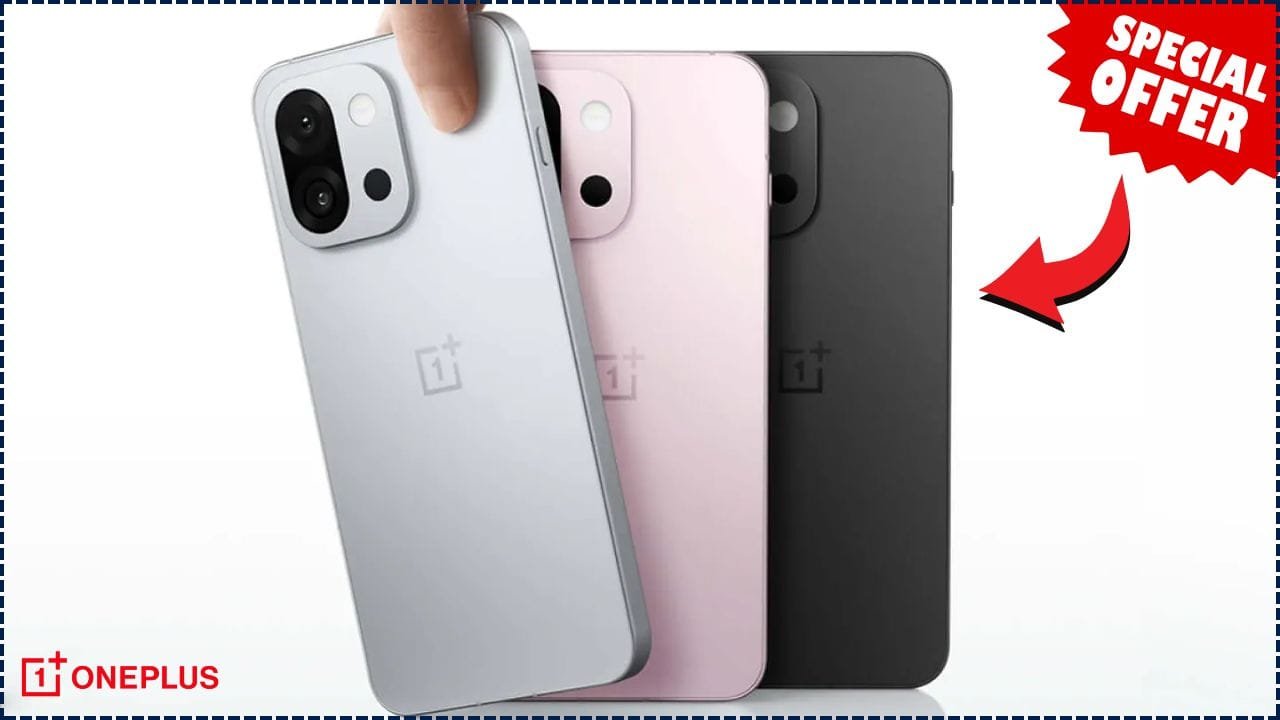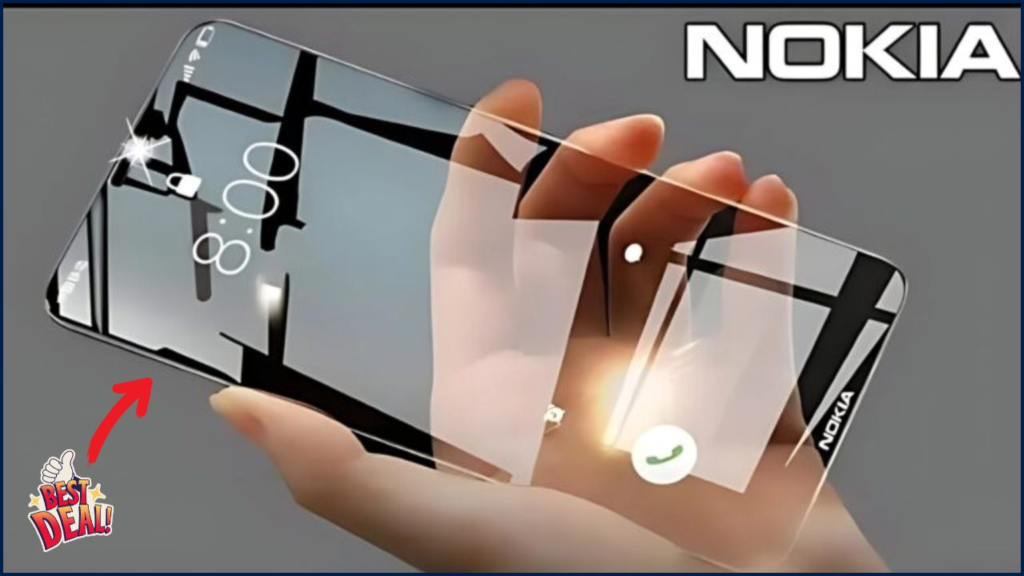
The Finnish brand Nokia has re-entered the spotlight with the unveiling of a new Nokia 5G smartphone featuring a transparent design and a headline-grabbing 240 MP camera. The device signals an ambitious push into the premium market segment, blending nostalgia, design innovation, and next-generation mobile connectivity.
A Return to Innovation
Once synonymous with durability and reliability, Nokia has struggled to regain its former dominance in the smartphone era. Now, with this Nokia 5G handset, the company appears to be reinventing its image by merging cutting-edge design and advanced imaging capabilities.
Industry observers note that the transparent body design—once reserved for concept phones—demonstrates a renewed willingness by the company to experiment. If the model delivers on its promises, it could re-establish Nokia’s credentials in the crowded 5G smartphone race.
The Futuristic Transparent Design
The device reportedly features a clear polycarbonate and glass construction, revealing the motherboard and camera housing. Engineers claim that the design not only enhances visual appeal but also improves heat dissipation through a layered internal structure.
Transparent designs have appeared in limited-edition models from smaller manufacturers, yet Nokia’s entry could popularise the concept on a mainstream scale. However, analysts warn that transparent shells can be more susceptible to scratches and require additional reinforcement to maintain durability.
Imaging Power: The 240 MP Camera Claim
Redefining Mobile Photography
The 240 MP camera headline has generated significant debate among technology enthusiasts. If verified, it would mark one of the highest-resolution sensors in commercial smartphones, potentially using pixel-binning technology to combine multiple pixels for improved low-light performance.
Experts suggest that a 240 MP sensor could theoretically capture more detail, but actual image quality will depend on lens quality, sensor size, and image-processing algorithms. As Dr Anita Rao, mobile device analyst at the Research and Information Systems think-tank in Delhi, explained:
“Megapixels are only part of the equation. Dynamic range, colour science, and computational imaging determine the true camera experience.”
Rao added that if Nokia leverages artificial intelligence (AI) for image optimisation, it could compete with established leaders in mobile photography.
5G Capabilities and Performance Expectations
The Nokia 5G model supports sub-6 GHz and potentially millimetre-wave frequencies, allowing for faster download speeds and lower latency. Reports indicate a high-refresh-rate OLED display, a Snapdragon-series processor, and up to 16 GB of RAM.
This hardware combination aligns with the expectations of upper-midrange and premium-tier smartphones. The inclusion of 150 W fast charging suggests a focus on convenience for power users—a key selling point in markets like India where battery endurance remains a top concern.
India’s Growing Role in the 5G Ecosystem
India has rapidly become one of the most competitive arenas for 5G smartphones. With telecom giants such as Reliance Jio and Bharti Airtel expanding their networks, manufacturers are racing to offer devices that balance performance and price.
Mr Rohan Patel, a Mumbai-based smartphone consultant, commented:
“For Nokia, success will depend not just on specifications but also on after-sales service and local manufacturing efficiency. Indian consumers value reliability as much as innovation.”
Nokia’s partnership with local distributors and assembly partners may help it navigate these expectations. If the device achieves a sub-₹60,000 price point, analysts believe it could capture attention in the upper-midrange segment.
Balancing Nostalgia and Modern Appeal
Nokia’s strength lies in its brand heritage. Many Indian users still associate the name with durability and long battery life. The challenge lies in transforming that nostalgia into enthusiasm for advanced smartphones.
The transparent design subtly references earlier Nokia experiments, such as the Nokia 5110’s swappable covers, while embracing modern engineering trends. By combining classic brand values with 5G speed and visual transparency, Nokia may bridge generational appeal—from loyal long-term users to younger, design-driven buyers.
Competition and Industry Reaction
The launch positions Nokia directly against established 5G heavyweights like Samsung, Apple, and Xiaomi. Samsung’s 200 MP cameras already dominate in ultra-premium models, while Xiaomi has experimented with futuristic designs.
Competitors will likely monitor consumer reception closely. If Nokia’s transparent design proves durable and popular, other manufacturers may follow suit, sparking a new aesthetic trend in smartphone design.
According to Ankit Chawla, editor of a leading technology magazine, “Nokia’s comeback attempt arrives at the right time. Consumers are fatigued with similar-looking smartphones. A transparent build paired with high-end specs offers a talking point—and that’s valuable in marketing.”
Potential Challenges Ahead
While the excitement is clear, several uncertainties remain. First, official specifications have yet to be fully verified by Nokia or its brand licensee HMD Global. Without an official press release or certified listing, details on the 240 MP camera and transparent chassis remain speculative.
Second, Nokia must rebuild its distribution and service ecosystem to match consumer expectations. Over the past decade, Chinese and Korean brands have dominated shelf space, offering aggressive pricing and rapid product cycles. Nokia’s success will depend on sustained marketing and timely software updates.
Lastly, supply-chain constraints—especially for large camera sensors—could delay large-scale availability. Global chip shortages have eased, but high-end imaging modules remain costly to produce.
Environmental and Sustainability Considerations
Modern consumers increasingly value environmental responsibility. Nokia has previously highlighted its commitment to sustainable materials and energy efficiency. If the new Nokia 5G incorporates recycled aluminium or eco-friendly packaging, it could resonate with environmentally conscious buyers.
Transparent materials, however, present sustainability challenges because of complex manufacturing processes. Balancing innovation with environmental stewardship will be key to maintaining consumer trust.
What Consumers Should Watch For
Early adopters should look for independent camera reviews, durability tests, and network performance evaluations once review units become available. A hands-on verification will clarify whether the 240 MP claim translates into real-world benefits.
Consumers are also advised to verify regional 5G compatibility, as certain frequency bands vary between Indian carriers. Software update policies and after-sales service will further determine long-term value.
Broader Industry Impact
If Nokia succeeds, the move could rejuvenate interest in experimental hardware design. Transparent smartphones might become symbols of openness and technological sophistication. It could also push competitors to innovate beyond incremental updates.
For the global 5G ecosystem, competition from legacy brands like Nokia could stimulate further differentiation and price moderation, benefiting consumers worldwide.
Conclusion
The Nokia 5G smartphone’s unveiling—with its futuristic transparent body and ambitious 240 MP camera—marks a significant chapter in Nokia’s ongoing reinvention. While official confirmation of all specifications is pending, the concept reflects bold intent: to blend engineering creativity with next-generation connectivity.
For now, excitement must be tempered with realism. Only independent verification and consumer testing will confirm whether Nokia’s latest gamble can convert curiosity into commercial success. Yet the very fact that the name Nokia is sparking global conversation again speaks volumes about the enduring power of innovation—and nostalgia—in the ever-changing world of technology.

